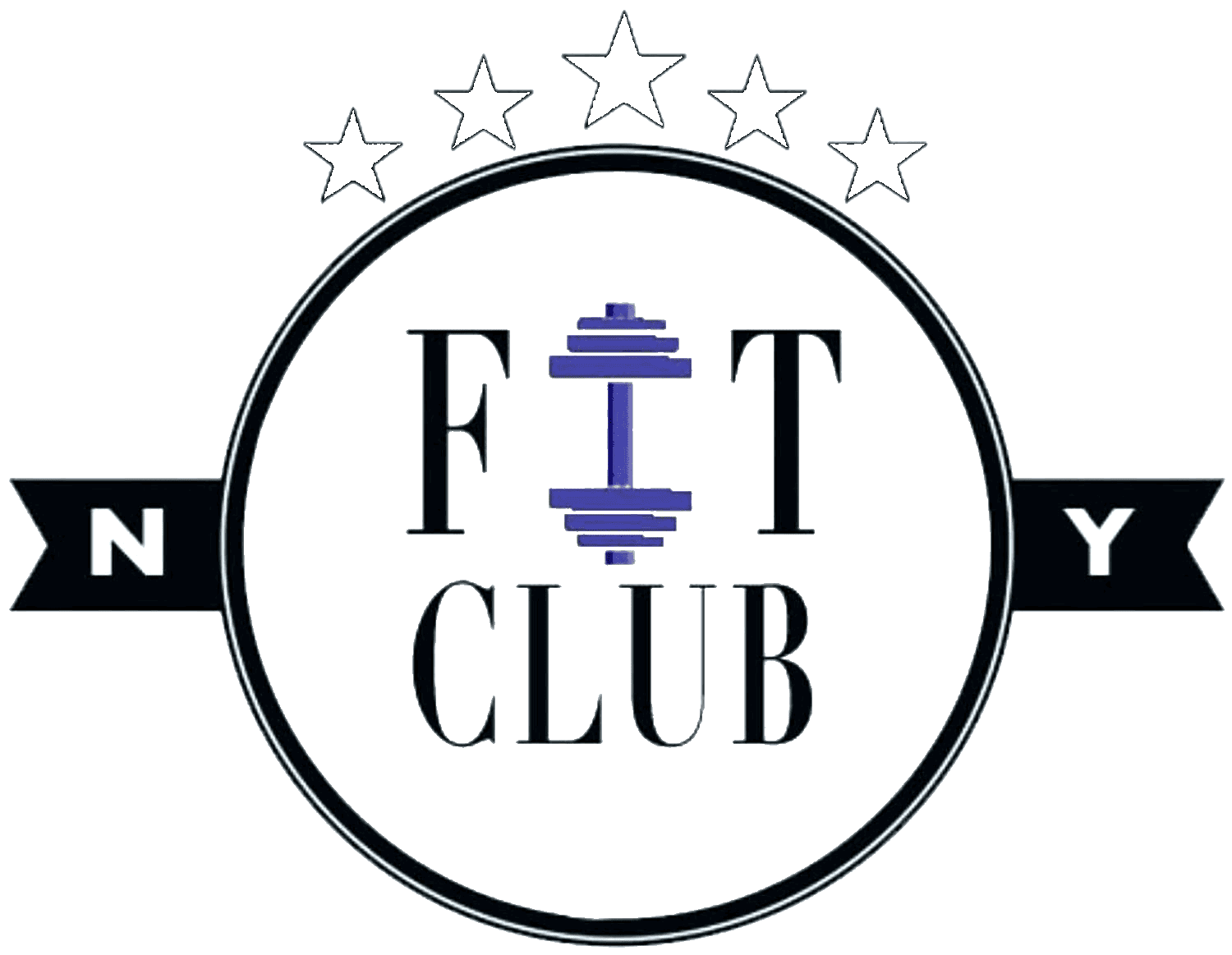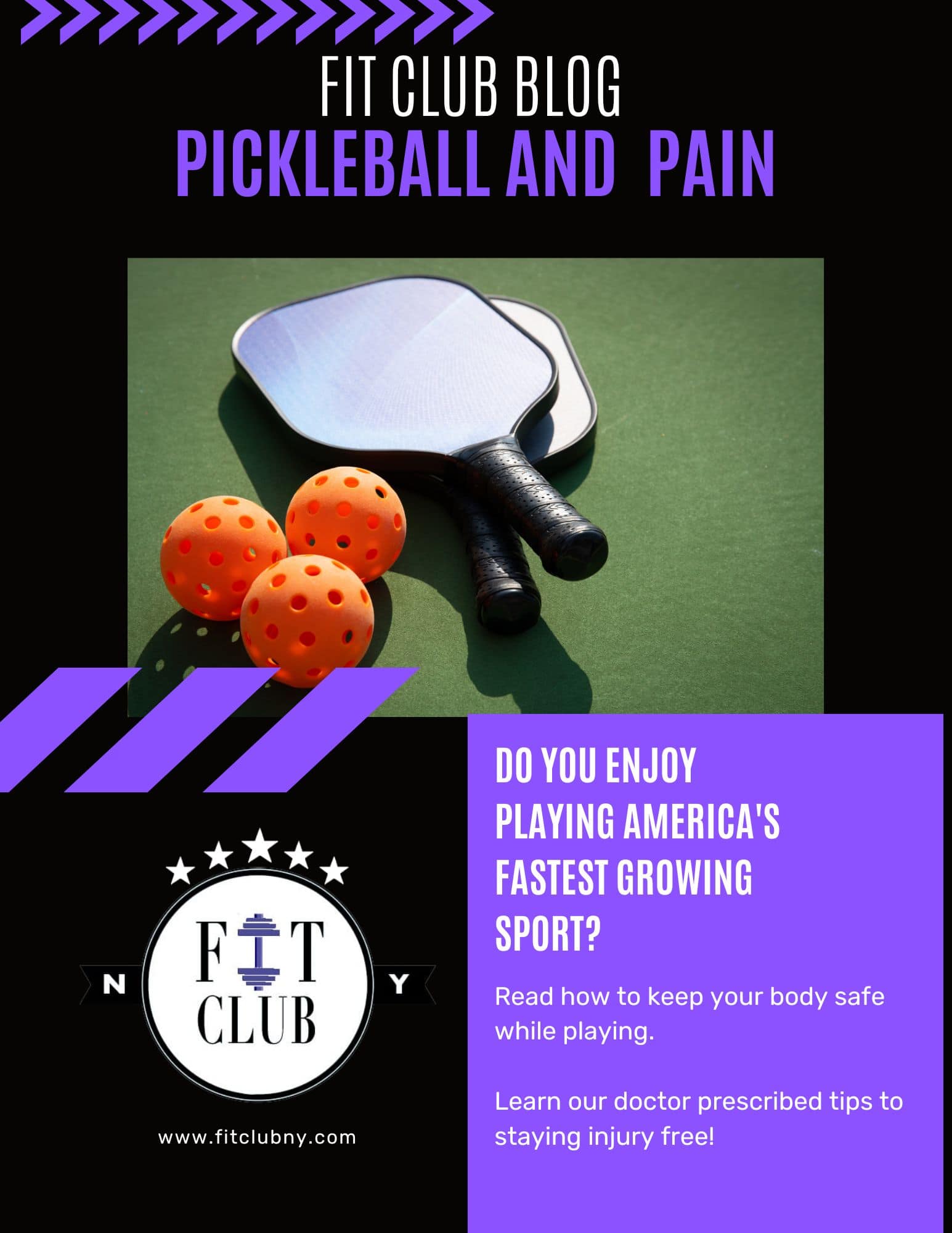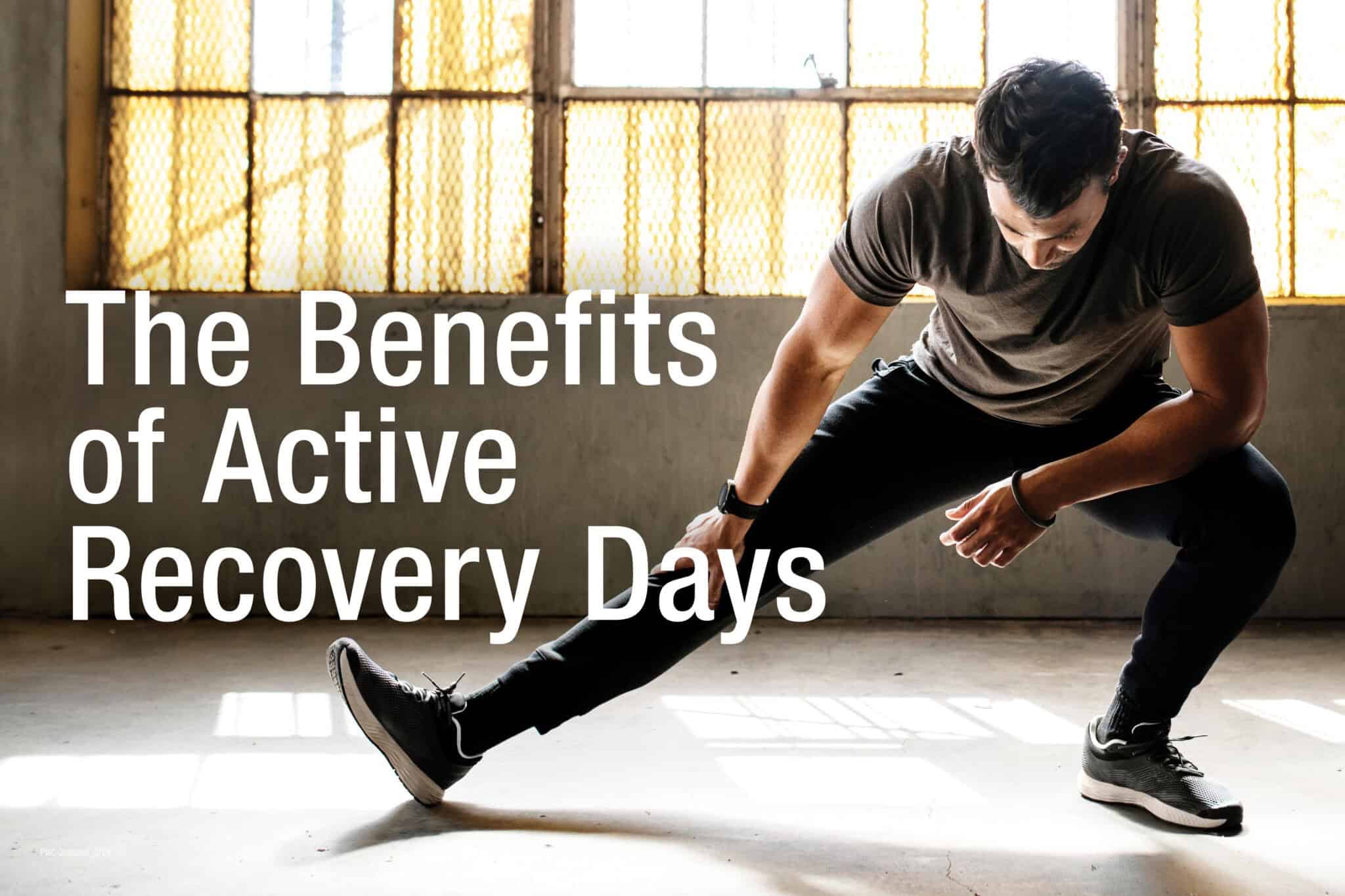
Most strength exercises are executed in fits and bursts, but the kettlebell swing requires steady momentum – it has a more robust effect on all upper and lower body muscles worked. The kettlebell swing targets over 600 muscles. No wonder it’s become a staple for full-body workout programs in gyms, fitness programs, and sports training facilities. Not only does it help you build strength, especially in the upper body, but it also helps you develop muscles throughout the whole body and enhances your overall fitness and power output. That makes it a perfect primer to almost any kind of exercise.
As the kettlebell swing has grown in popularity, so also has the variety of kettlebell workouts. Today, there are tons of variations, each better targeting specific parts of the body.
However, it can be quite tricky to pick the right one for kettlebell swing training. Doing the kettlebell swing the wrong way can lead to some serious pain and possible injuries. Plus, you need to master the basics of the hip hinge first to build a solid foundation for the different styles.
In this guide, we’ll give you a step-by-step breakdown on how to exercise correctly the proper form and proper movement of kettlebell swings so you can reap the full benefits of the exercise without risks. Let’s dig in.

What are the Benefits of Kettlebell Swings?
Kettlebell swings work throughout the body, from your arm, and shoulders to your chest, abs, hips, quads, and hamstrings. But their main specialty is actually the part often neglected the most during workouts – your upper back muscles.
We often tend to focus on our front muscles during workouts, but the posterior chain muscles of our upper back are just as important. They help stabilize our body when we bend to pick up something and even when we’re in an upright posture. Kettlebell swings helps revitalize and strengthen our posterior chain muscles while also touching a host of other muscle groups across the body. As a result, they’re an ideal warm up for just about any exercise and can also serve a main course for building strength, improving endurance, and developing muscles.
Here’s a quick rundown of what you stand to gain from kettlebell swings.
Full body workout
Kettlebell swings engage every part of your body, from your upper body to the core and lower body. With the kettlebell’s moderate load, you get maximum results throughout your body with minimal effort.
Increased strength
With the swing movement engaging you from head to toe, you can quickly build up overall strength. The kettlebell swing helps keep your core engaged, and strengthens your torso, posterior chain and lats, enabling you to build momentum for other exercises.
Explosive power
Kettlebells swings require you to develop high power quickly. To complete your swings effectively, you need to activate your posterior muscles and enable a hip snap. This helps you quickly develop the capacity to power up your muscles at a moment’s notice.
Increased cardiovascular fitness
With a quick, steady increase in intensity, kettlebell swings can quickly ramp up your cardio, increasing the blood flow across the body. If you want to spice up your cardio routines, kettlebell swings are an ideal addition.
Convenience
In as little as 10 – 15 minutes, you can reap the benefits of a full body exercise with kettlebell swings. Plus, all you need is a kettlebell weight – no need for complex rigs and multiple equipment.
Low impact
Kettlebell swings provide maximum aerobic effort while keeping your feet firmly planted on the ground to minimize needing to put pressure on your knees. You can easily get your heart palpitating in a moment compared with aerobic exercises like jumping or running.
High calorie burn
By letting you stimulate your body efficiently with relatively less effort, kettlebell swings are a quick, easy fat-busting workout. You’ll get to burn a whole lot of calories in a short time. Plus, your post-exercise recovery can continue to burn more calories and increase your metabolism hours after the workout.
Strengthening your hip hinge
The hip hinge is fundamental to all kinds of deadlifts and lower body movement. With kettlebell swings, you can quickly master the hip hinge because you’re moving very light weight with high momentum. After scores or even hundreds of kettlebell swings, you’ll have conditioned your hips for proper hip hinge without exerting too much energy.
Who Needs Kettlebell Swings?
Kettlebell swings can come in handy for just about any fitness goal. Whether you’re a pro athlete or a fitness enthusiast, kettlebell swings can do your workouts a whole lot of good, provided no musculoskeletal conditions are limiting your workout capacities. Here’s a breakdown of people who can engage in kettlebell swings.
Pro Athletes
Any athlete looking to build lower body strength and stability can count on kettlebell swings. Kettlebell swings can help increase postural strength, power rate, grip strength, and recovery speed.
Fitness Enthusiasts
Kettlebell swings are simple, low-energy workouts that you can easily incorporate into your fitness plan. Plus, they require just a kettlebell weight, making it easy to get down to it anytime, anywhere without a fuss.
Powerlifters
Strength athletes have even more need for a solid hip hinge, hence the kettlebell swing can be the perfect warm up workout. Kettlebells can help them quickly ramp up their cardio and muscle conditioning.
Bodybuilders
Kettlebell swings can serve not only as a primer but also an efficient muscle builder for bodybuilders. Their low-impact effect means they can easily be used during recovery days without interfering with workout plans.
What Muscles do Kettlebell Swings Work On?
As a full-body exercise, kettlebell swings touch on nearly every part of your body, although not equally. The effect is felt more in the posterior chain. The posterior chain muscles comprise your upper and lower back muscles, glutes, and hips.
But you’ll also feel the heat in your anterior muscles, those running in front of your body from your chest to your torso. These muscles are responsible for a wide range of body motions like running, jumping, and lifting.
Here’s a detailed break down of the main muscles targeted in kettlebell swings.
Hips and Hamstrings
Kettlebell swings require hip extension. Proper hip hinge is required in the lowering phase, while hip power is required in the raising phase. Your hip extensors are heavily stimulated during the drive, while your hip flexors stabilize both the hip hinge and the hip drive.
Your hamstrings will also be maximally engaged in the hip hinge.
Glutes
Your glutes act as extra support for your lower back during the raising phase, providing more stability by sharing the load. Kettlebell swings are great for building strength and muscle mass in your glutes.
Lower Back
Your lower back muscles are also engaged throughout the swings. At the lifting phase, it absorbs some load and stabilizes the body, and also supports the hip drive at the lowering phase. But you need to keep it rigid and upright at all times. You may experience lower back pain if you bend to the pulling force of the swing.
Lats
Your lats also provide crucial support during the range motion, helping to stabilize your arms and shoulders.
How to Do Kettlebell Swings?
To exploit the full-blown benefits of the kettlebell swing you need to execute it correctly.
To begin, first, space yourself out with at least a four-to-five feet radius of room. Make sure there are no obstacles.

Step 1. Set Up
Start by placing the kettlebell weight on the floor 12-18 inches before you. Stand tall with your feet shoulder width apart, a little wider than hip-width, with your toes straight. Hinge down slowly with your back flat and reach for the kettlebell handle. Keep your feet flat with your weight slightly adjusted toward your heel, and your shoulder blades slightly retracted to activate the lats. Don’t bend too much in order to sustain a proper hip hinge movement.
Step 2. Locking the Swing
Pull the kettlebell weight back between your legs, with your knees bent slightly, your hips forward and hamstrings activated, and your lats contracted for shoulder support.
People tend to hinge at the hips too soon before grabbing the kettlebell and sometimes this causes it to pull them back and place extra stress on their lower back. Once your upper arms contact your body, that is when you want to hinge at the hips.
Step 3: The Up Swing
Begin to swing the kettlebell by lifting the weight forward with a strong hip drive, slowly straigtening your knees and raising the weight upward. All the while, your back should remain straight, with your shoulder slightly retracted to maintain balance during the lift. At the high point with the kettlebell directly in line with your shoulder, your entire body should be straight, your arms straight and outstretched and your core properly braced. Loosen your shoulder and arms to ease through the full range of motion.
Step 4: Repeat the Swing
To do another rep, release your shoulder lock and lower the kettlebell weight slowly. Don’t just release the load completely, instead slowly dial back the power. Swing the barbell slowly between your legs to the lowest point, engaging your quads to support your hip hinge movement and activating your lats to support the arm swing. Widen your footing if necessary to balance the act. When the kettlebell is behind you at the dip, brace your core and revert as close as possible to the starting position in Step 2 to begin the raise. Don’t look up throughout to avoid neck pain. Your eyeline should be closing in on your belly button at the lower point.
Kettlebell Swing Variations & Alternatives
The technique above is just one of many variations of the kettlebell swing, albeit the most basic one. Other variations of kettlebell swings involve a slightly different range of motion targeting slightly different muscle packs. Here are some popular ones that may be better-suited to your fitness goals.
Simple and Sinister
If you are pressed for time, you can do what Pavel Tstasoline has dubbed, Simple and Sinister! These are 10 rounds of 10 swings with good form, which usually takes about 10 minutes to finish. You can also try 10 swings on each arm for a 100 single-arm swing challenge.
If you are intentional, this is a great quick workout for those busy days, and won’t leave you so tired that you can’t go out for a run later on.
This kettlebell swing is designed as a General Physical Preparation (GPP) program, which lets you lay a solid foundation quickly for other fitness programs.
The ability to perform quick workouts almost anywhere makes this exercise option great to perform both indoors and outside on those beautiful New York City spring days.
Single-arm kettlebell swing
We’ve briefly mentioned the single-arm swing in the Simple and Sinister variation. It’s done exactly like the regular double kettlebell swing, only this time with just one arm and a side swing. The explosive unilateral intensity can work wonders for your side muscles, all without burning up much of your energy. Plus, it goes easier on the arms, enabling easier coordination and core stability. The resting arm also provides anti-rotational thrust to help you keep a rigid core.
Staggered-stance kettlebell swing
If you’re having challenges with the single-arm swings, you probably have a weaker side to build up. In the staggered-stance kettlebell swing, you put one foot forward, using lighter weights, to shore up your balance if you’re struggling on a weaker side. Once your weaker side is up to speed, you can then move on to the more demanding one-sided swing.
Dead-stop kettlebell swing
Dead-stop swings combine deadlift principles with kettlebell swing techniques – you don’t flow from one rep to another, rather, each rep begins with a dead stop. It’s an excellent choice to build your power capacity. Every time you break, you have to put in more force to overcome the inertia and generate momentum.
Dumbbell swing
Don’t have a kettlebell weight? No problem. You can apply any kettlebell technique using a dumbbell. You just need a good grip technique and a moderate load.
How Much Should I Swing?
When considering kettlebell swings for your workout regimen, the first thing to figure out is the variation that best suits you. The next thing is the load and number of reps.
A suitable load depends on your fitness goals as well as your level of strength and experience. If you’re just starting out with kettlebells, it’s best to begin with a lighter kettlebell, probably around 10-18 pounds. Once you get the hip hinge and swinging form right, you can move on to heavier loads. We recommend 5-10 pound increments.
A short set of 20-50 reps with light or moderate weight is ideal for warming up with enough energy left in your tank for the main workout.
Multiple sets of 50-100 reps with moderate to heavy weight is ideal for building incremental strength without exerting too much energy.
For muscle endurance, try as many sets as possible with light to moderate weight and with little or no breaks in between.
Now, here’s a breakdown of kettlebell sets for different fitness-related purposes.
Technique
To master your form, do 3 sets of 10-15 reps with light to moderate weight.
Conditioning
Do 15 -20 reps with a slightly heavy weight for 5-15 minutes.
Muscular Endurance
Do as many reps as possible with moderate weight for 10-20 minutes.

Where Should You Feel Kettlebell Swings?
A kettlebell swing fires up muscles in every part of your body, but the effects are mostly felt in your posterior chains. With proper form, you should be feeling the heat in your buttocks, hamstring, glutes, and core. Your lower back must not work too hard, though. It should only provide support for your pelvis for the lower body movements. It shouldn’t directly be involved in powering or lowering the lift to avoid lower back pain and possible injuries.
Common Kettlebell Swing Mistakes
One sure way to tell if you’re getting your form and technique wrong is if you’re feeling unnecessary pain in the wrong places. Here are some mistakes that can lead to pain.
Poor Control
Don’t rely on natural momentum alone to swing the kettlebell. It could be the kettlebell swinging you rather than the other way round, increasing the risks of injury. Instead, steady your form and let your hip drive do most of the lifting and lowering.
Lifting With the Arms
Another common mistake that can lead to injury is powering the lift with your arms and shoulders. That shouldn’t be the case at all. Instead, your upper back and lower back should focus on keeping you balanced throughout the swing so you don’t get pulled out of position. If you’re experiencing tight arms and shoulders, you’ve probably strained unnecessarily them.
If you feel pain, contact a physical therapist to help you with recovery. As said before, the lift should be powered by momentum from your glutes, hips, and hamstrings.
Rounding your back
Drawing power from your lower body also helps you avoid rounding your back, which can lead to serious back pain. Your spine needs to remain upright all through, with your shoulders, arms, and core flexing to keep the body in an upright position.
You should also avoid overextending your lower back. Instead, shift the pressure to your glutes and lats.
Squatting
People also squat a lot, mistaking that as a proper hip hinge. With a hip hinge, you don’t bend your knees while driving your hips back. Your knees should only be bent slightly at the lowest dip.
Swinging the kettlebell too low
How low should you swing the kettlebell? If you can no longer maintain a neutral back, you’ve probably extended your arm too far behind and that could make your lift more difficult. Ideally, the kettlebell should be just between your thighs and not grazing the floor at the dip.
When Should You See a Doctor?
With a kettlebell swing, you should only feel your muscles fire up, not intense pain. If you feel pain in any part of your body, it’s best to disengage immediately and figure out what could possibly be wrong. A medical professional can help you determine the real cause of your lower back pain or any pains from kettlebell swings.
Kettlebell swings come with boatloads of full-body benefits. They’re versatile and efficient, enabling you to reach a variety of fitness goals with relatively little effort. They’re also high intensity and low impact, making them easy to incorporate into your workouts.
At Fit Club NY, we have a seasoned team of personal trainers ready to help you add kettlebell swings to your routine. You’ll achieve the proper form and master the right techniques for a flawless performance.


